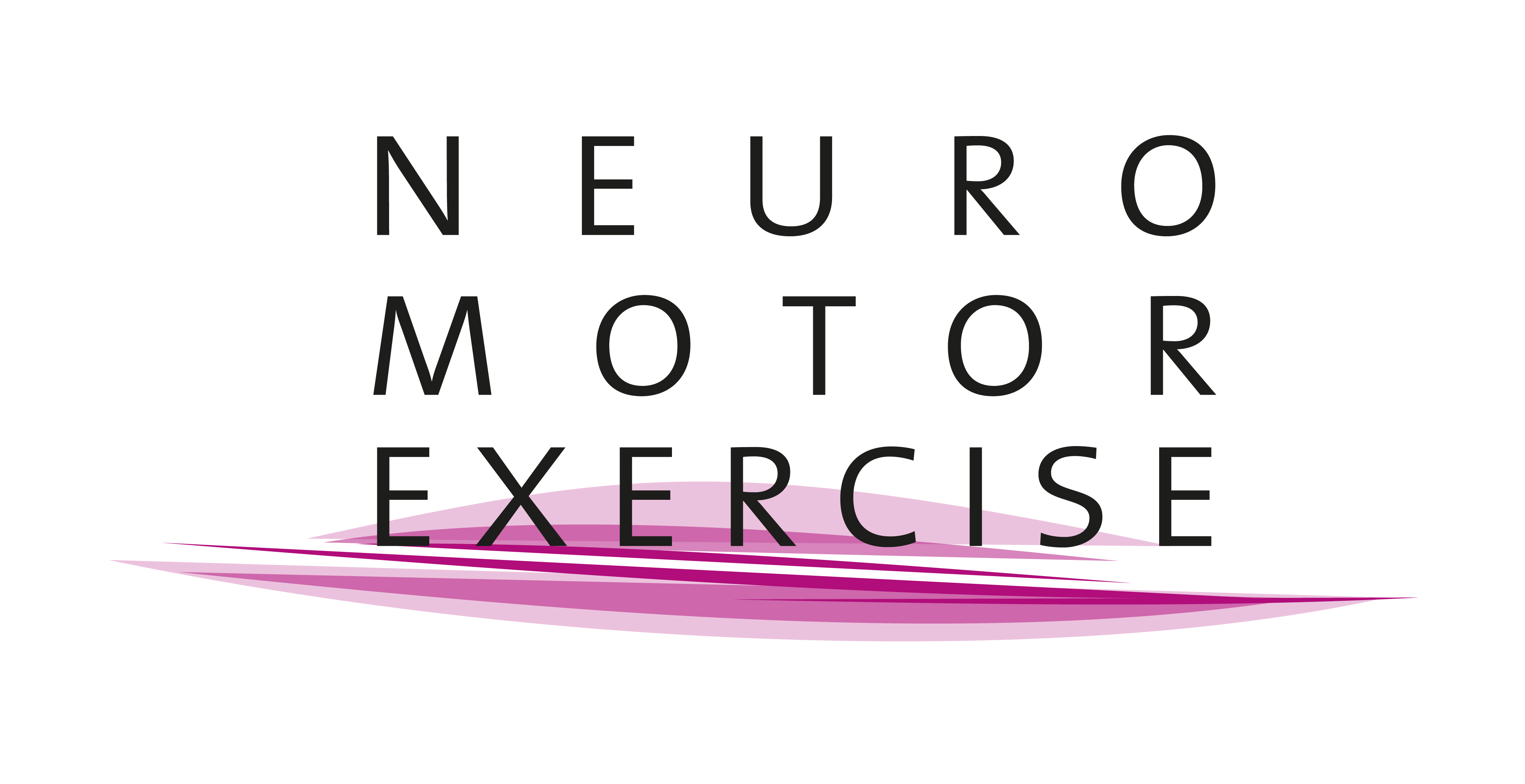Two Study Days in Münster

If you're considering participating in our study, you may be wondering what exactly happens during the two days in the lab. In this article, we offer you an overview of the study procedure and explain all the methods used in a way that is easy to understand – even without prior knowledge.
On the first study day, which lasts about one to two hours, our team will welcome you at Leonardo-Campus 15 in Münster. After a short introduction, we will explain the schedule for the day and answer any questions you may have. We will then conduct a series of short assessments to better understand your personal starting point. These include a motor assessment in which we systematically observe typical Parkinson’s movement features, such as muscle stiffness, tremor, or slowed movement. We will also check your vision using a simple eyesight test and conduct a brief standardized test that focuses on attention and memory. Additionally, we will assess how well you perceive vibrations on your feet – an important factor for the later use of our vibrotactile cueing system.
You will then get familiar with our specialized treadmill, which is part of a modern gait laboratory. You control the walking speed yourself. Small reflective markers will be attached to your clothing, allowing us to record your movements with infrared cameras – completely contact-free and without leaving any residue. This familiarization phase takes about ten to fifteen minutes. Afterward, we will walk you through the procedure for the second appointment and conclude the first day.
The second test day lasts about three hours, with plenty of time for breaks. As on the first day, you will first get reacquainted with the treadmill, and the markers will be reapplied. Next, we will prepare for a combined measurement of your brain activity. You will wear a special cap with built-in sensors that measure two types of signals: electrical activity in the brain (using electroencephalography, or EEG), and changes in blood flow in specific brain areas (using functional near-infrared spectroscopy, or fNIRS). Both methods are well-established in neuroscience, entirely external, non-invasive, painless, and pose no known risks. Preparation takes about 60 minutes, during which you can relax.
You will then walk through a virtual environment projected onto a large screen in front of the treadmill. No VR headset is used – instead, the scene is displayed across a five-meter-wide projection. This setup simulates everyday scenarios that may trigger so-called “freezing” in individuals with Parkinson’s. While walking, you will wear a vibrotactile cueing system. This device delivers gentle vibration signals on your foot. These vibrations are subtle and similar in intensity to a phone vibrating. One goal of the study is to explore how such signals may influence walking patterns.
Your safety is our top priority: you will be secured with a harness to prevent falls, sturdy side rails offer extra support, and additional safety is ensured by light barriers and an emergency stop button.
The test consists of two separate measurement blocks, each lasting around 25 minutes. A longer break is scheduled between the two blocks so you can rest. Within each block, there are several short walking tasks – so-called trials – with the option to take breaks in between if needed. You decide how much you want to do – if you feel tired or unwell, you may pause or stop the test at any time.
After the session, we will ask you to fill out some questionnaires about your impressions of the virtual environment and the vibrotactile system. Of course, we are happy to answer any questions you may have throughout.
If you have any questions or would like to participate in the study, feel free to contact us. We look forward to hearing from you and are happy to provide further information at any time – by email at parkinson@uni-muenster.de or by phone at +49 251 83 – 32426. Our team also speaks English.


